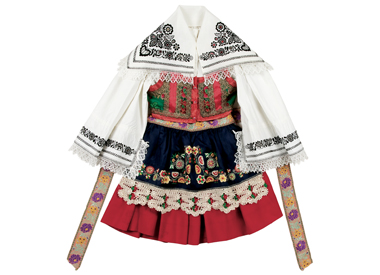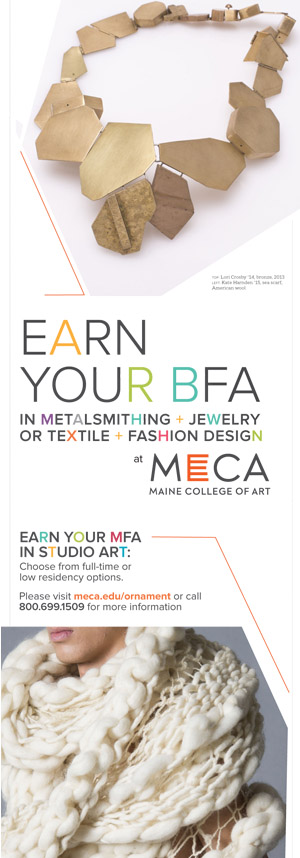
All Things Must Pass
“My grandfather always said that living is like licking honey off a thorn.”
—Louis Adamic (1899-1951)
For the native peoples in the many countries constituting Southeastern Europe, they have survived for hundreds or thousand of years on lands of incomparable beauty and natural richness—some stretching back to ancient polytheistic Illyria in what has been popularly known as the Balkans. Their connection to the soil and water that gave them life and sustained them must have emanated from deep within their souls, and of those who conquered for monetary and religious gain as well as territorial expansion, a repeated occurrence. A topographical map shows a highly mountainous region, where verdant forests cover the terrain; sometimes barren plateaus; fertile and not so fertile valleys and plains which gave rise to farming and shepherding; of winding rivers that make their way to the neighboring Adriatic, Mediterranean, Aegean, and Black Seas; and for those with a coastline, thousands of islands. Within this powerful landscape, life was often one of great struggle for survival and of hardship for its inhabitants, but also the Southeastern Europeans were regarded to have great vitality and resilience, possessing a joie de vivre all their own, keeping alive a passionate, tenacious attachment to their past, always managing to rise from the ruins of their long and painful history, and turning to a new day.
Here over the millennia, traceable to the Paleolithic age, both distinctive and diverse cultures arose in the twelve small countries (subjects of the exhibition at the Fowler Museum at UCLA, “Resplendent Dress from Southeastern Europe: A History in Layers”) now called Southeastern Europe: Albania, Bosnia-Herzegovina, Bulgaria, Croatia, the Czech Republic, Hungary, Kosovo, Macedonia, Montenegro, Romania, Serbia, and the Slovak Republic. While for all these countries there existed the commonality of rural peasant life clustered around small villages as focal points for community and safety, the separateness and isolation of these centers from each other promoted the development of culturally specific populations, with their own linguistic tongues and dialects, religious and historical influences (such as the Roman, Ottoman and Austro-Hungarian Empires), among others, reinforcing and reshaping each group’s identity in some measure. The ethnic varieties and their more or less assimilation given whether the times were pacific or turbulent are partially demonstrated by the, at one point, simultaneous and coexistent religious practices of the Roman Catholics, Eastern Orthodox and Moslems who made this greater composite of dissimilar cultural components.
This article in its entirety appears only in the print magazine.
Keep rich and engaging content in your life, click here to subscribe today.
Our upcoming issue 37.4 contains
Nubian Jewelry
Kate Mensah
Philadelphia Craft Show
Some of Our Popular Articles


